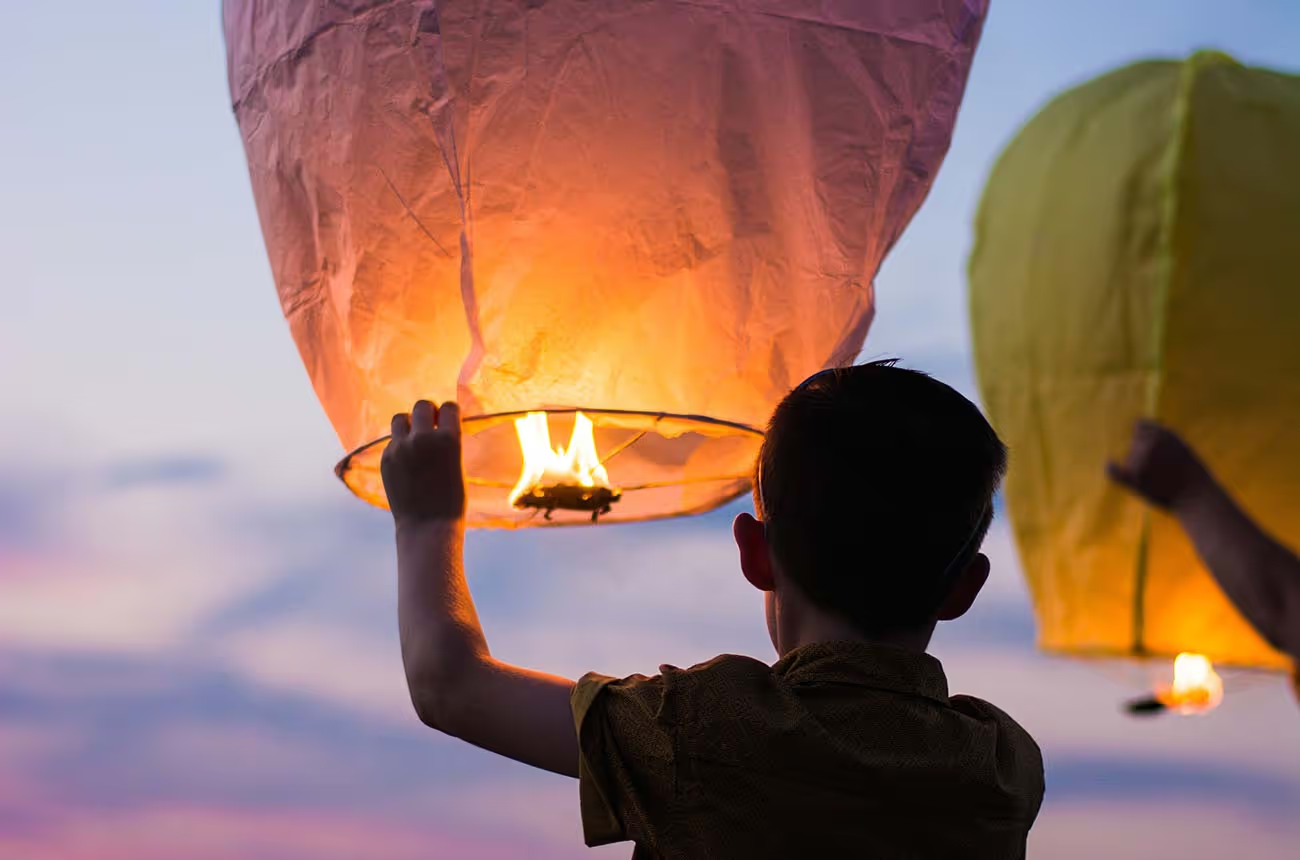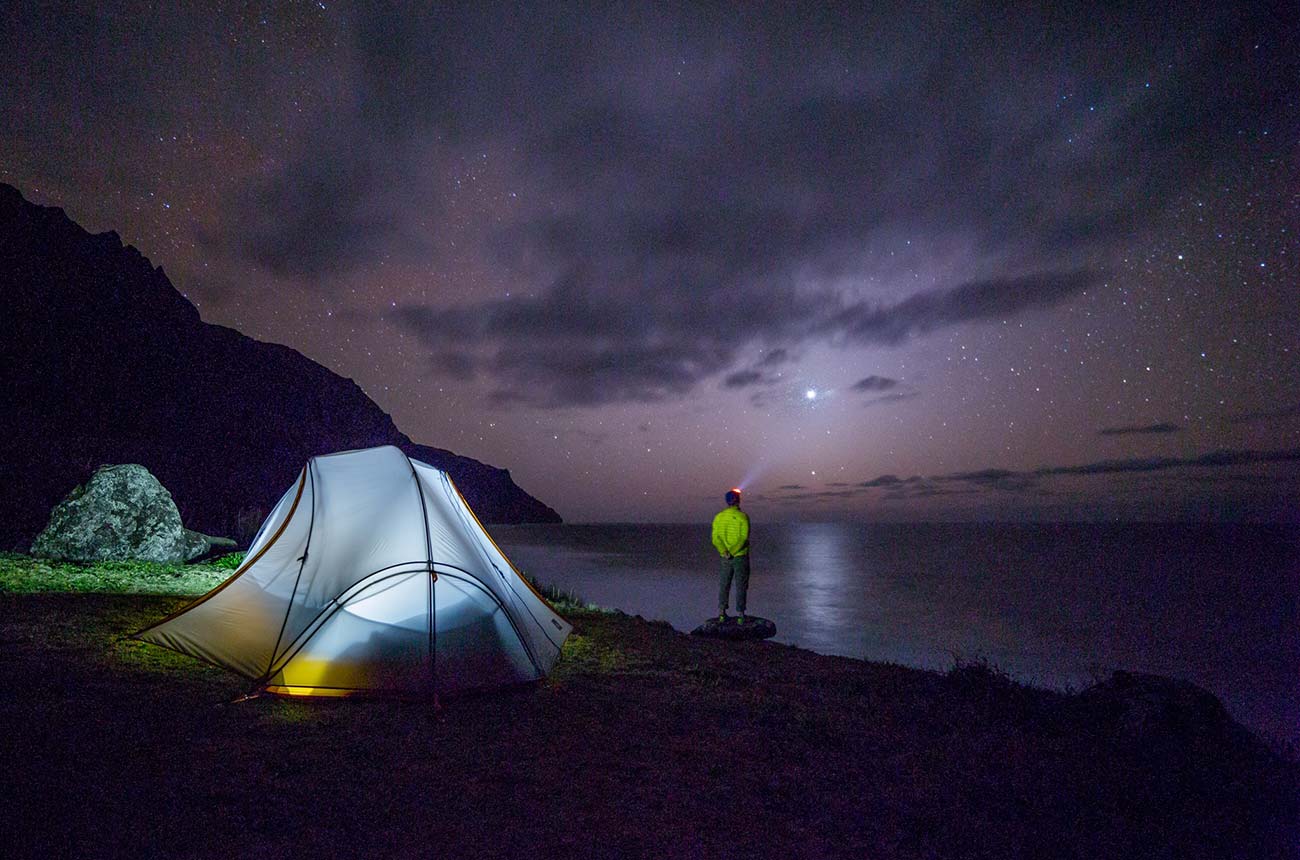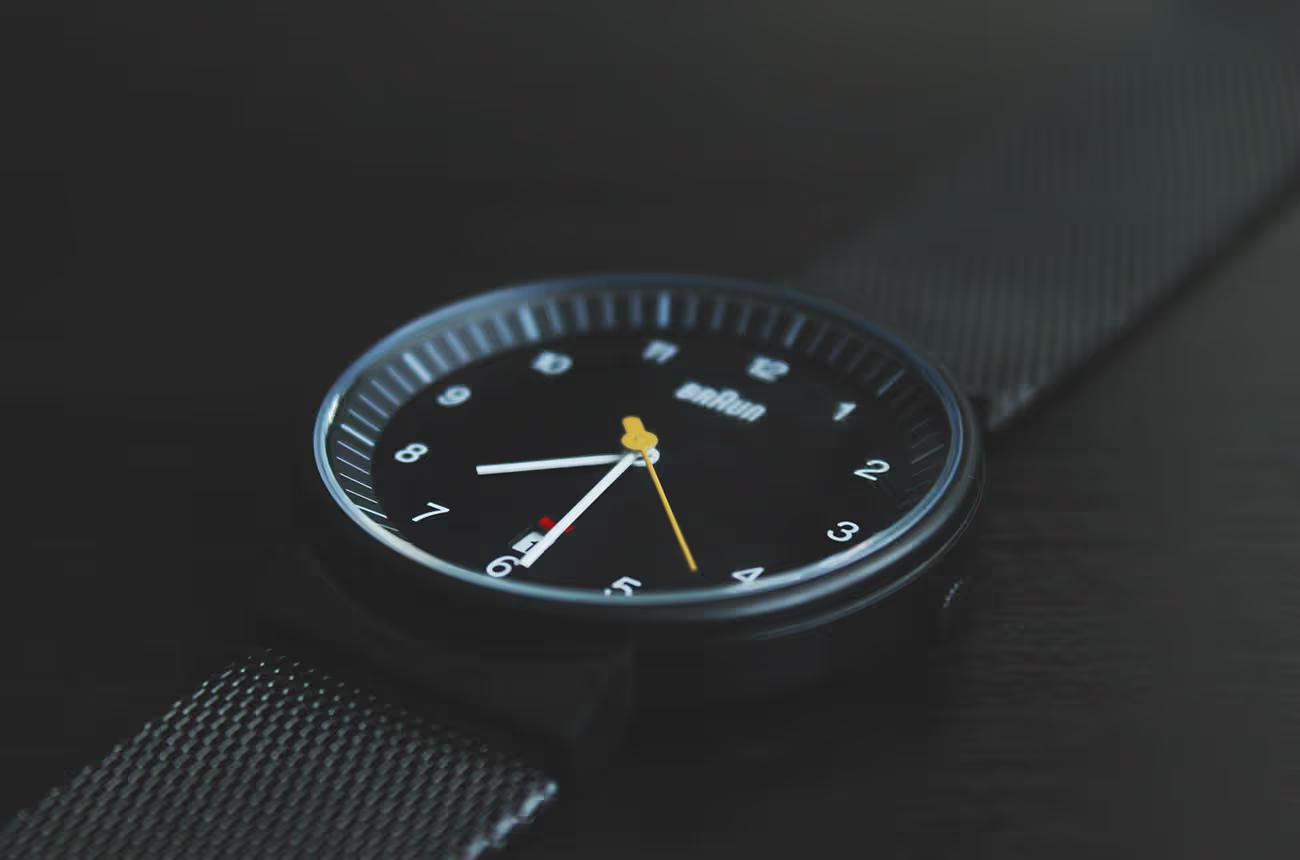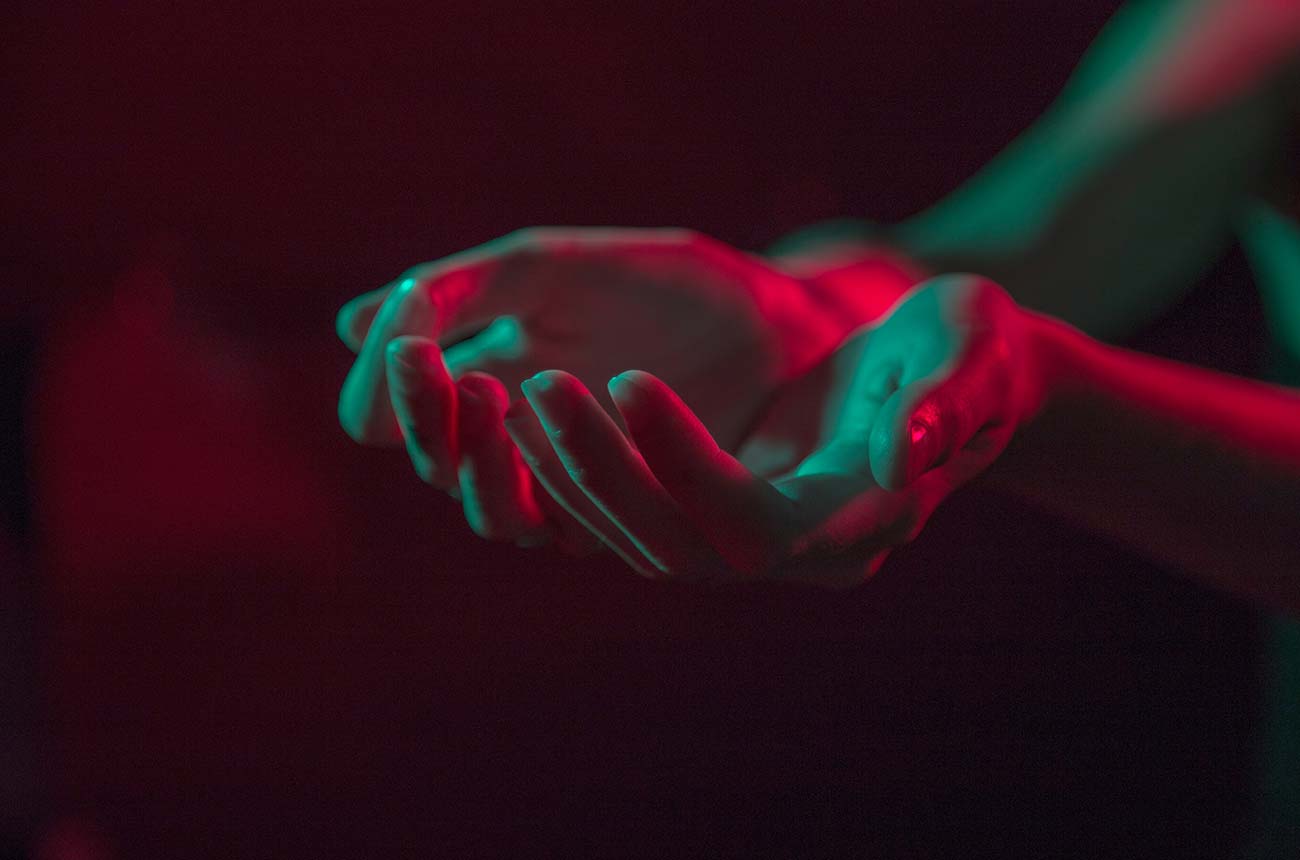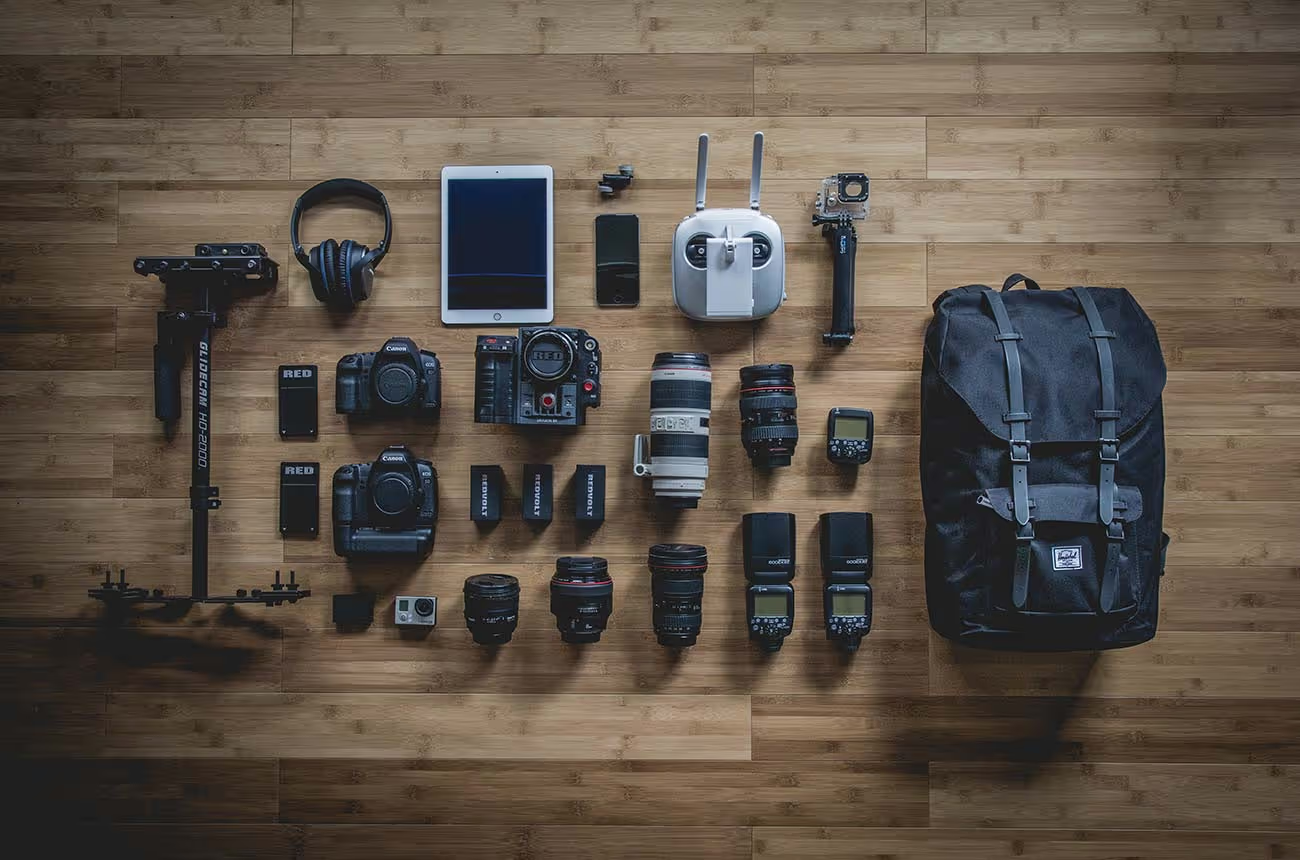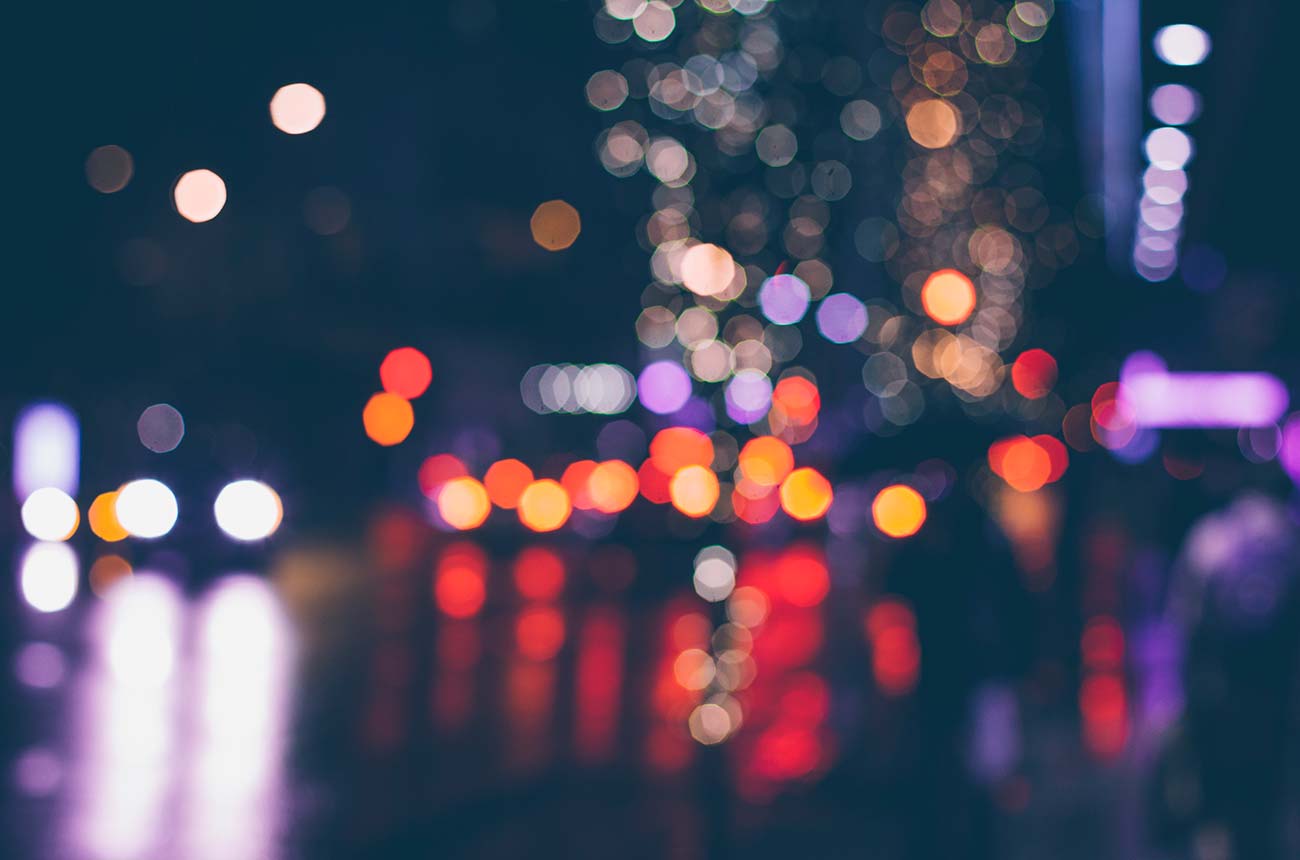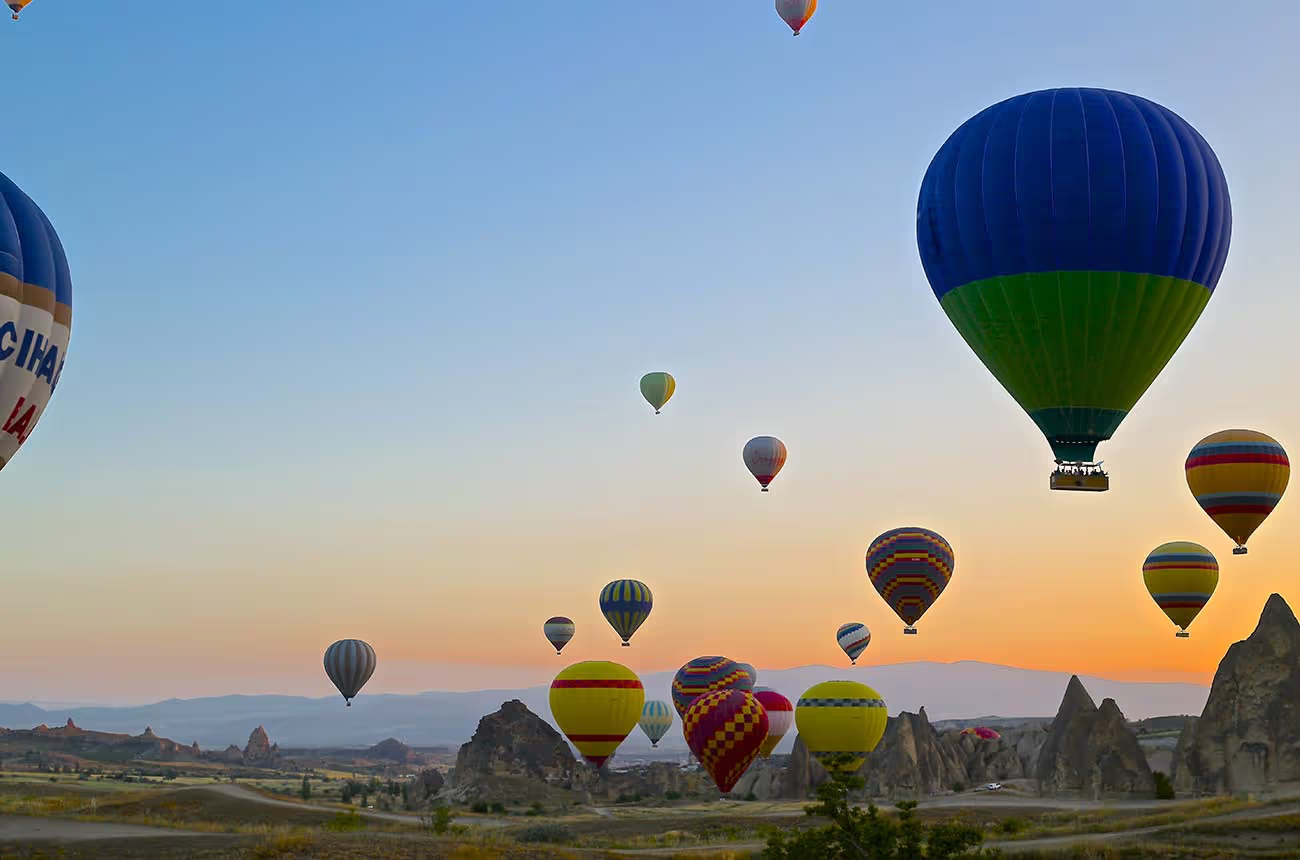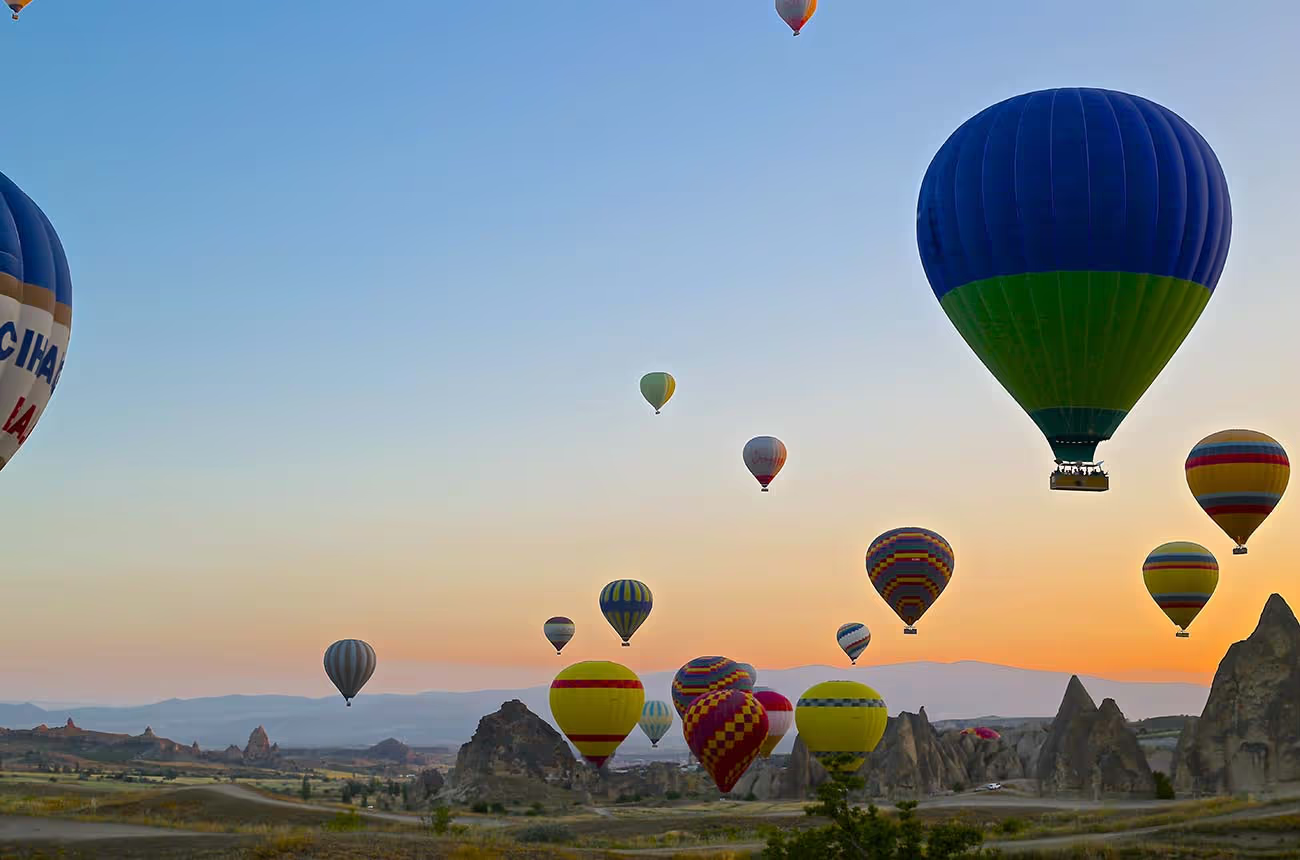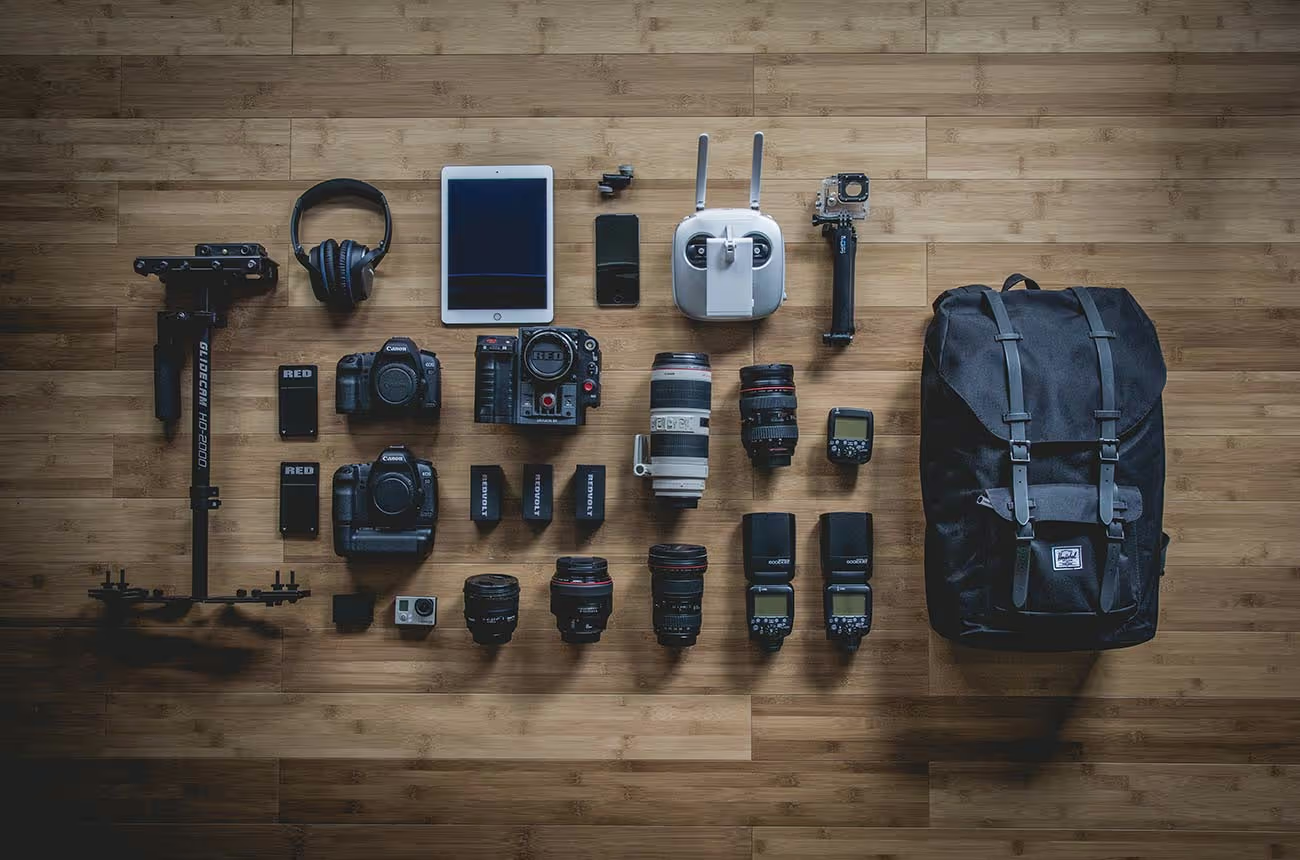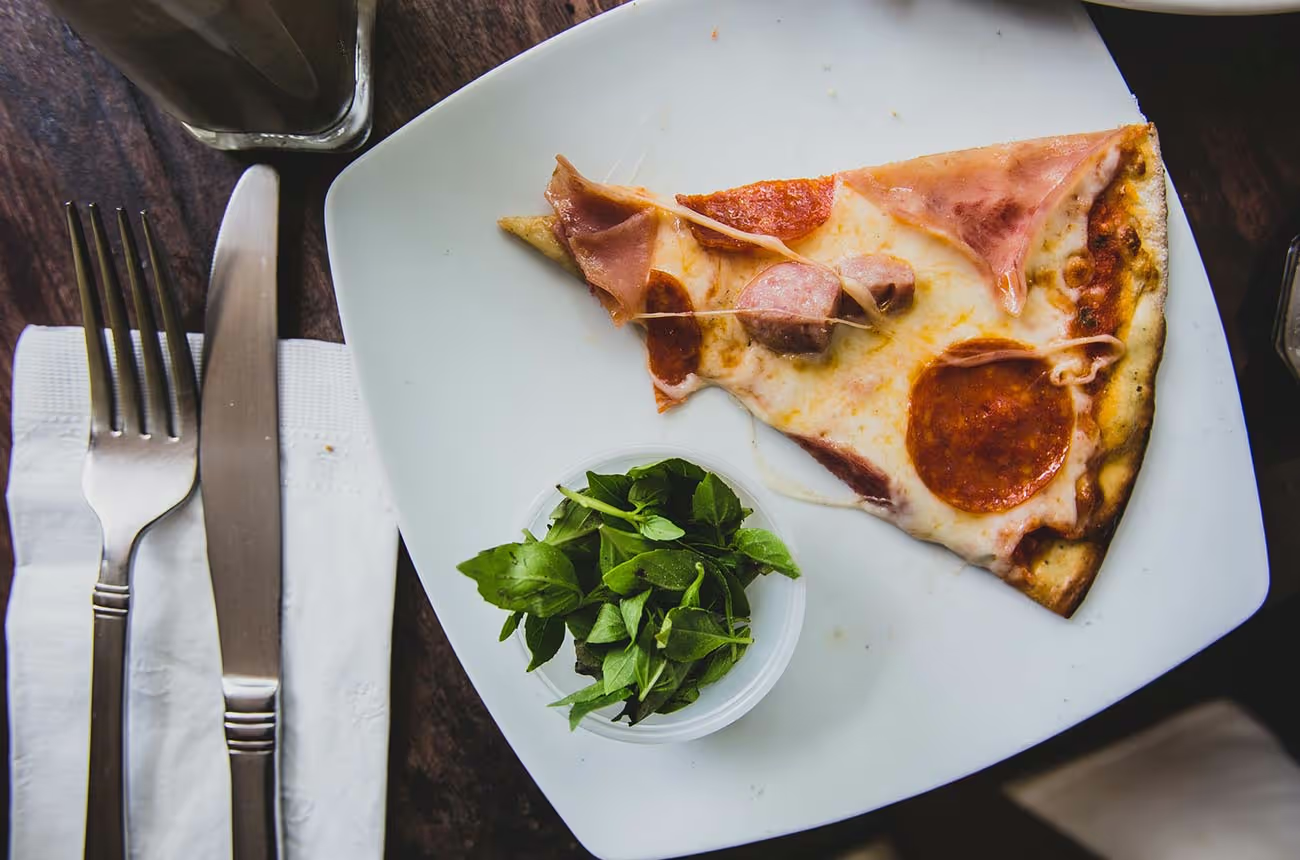
Gold for Hawaikii
Rowena Singh talks to award-winning Guild member, cinematographer MATT MEIKLE
You won a rather special award for your short film, Hawaikii. But first, tell us about the film itself.
I was approached by the producer, Libby Hakaraia, and the director, Mike Jonathan, who I’ve since shot music videos, commercials, and shorts with. I really enjoy working with Mike; he’s a good friend. They said they wanted to do this short, Mike sent me the script, and I thought it was beautiful, a fantastic story, really heartfelt. It shows an amazing effort by a father in very tough conditions of what was going on with his family and his job, and how he supports his five-year-old daughter. We started chatting straight away, and I said I’d love to do it. Away we went and actually got a few deals – Park Road Post were fantastic in coming on board and supporting us; also Metro Films up here in Auckland, and so was Fuji Film.
_The thing I really enjoyed about it was how it managed to convey so much in 12 minutes. _
I think it really left an impact on a lot of people, and it did really well overseas in festivals as well. On the Film Commission website, you can see what it’s picked up in terms of awards – and it was a finalist in the New Zealand Film Awards as well. It was never submitted for technical awards here in New Zealand.
Describe the whole experience.
It was my first film shooting here since coming back to NZ after three years shooting overseas. I lived two years in Stockholm, Sweden, and a year in Canada. I left New Zealand to get as much and as varied experience as a DP as possible. I stepped away from being a camera assistant, and I did masterclasses and seminars overseas, and I just shot any drama, any doco, any music video that I could get my hands on, experimenting and testing myself. I think I was very fortunate to be able to come back and to bring some of those skills I’d learned overseas and practise here.
I think I was very fortunate too in that on Hawaikii I had great support from the camera department, especially Dana Little, who kindly came on and camera-operated – he was terrific to work with, and made a big impact on the shoot in the best possible way.
Our little star, Orewa Wilson Lawrence, was a first-time actor, but she soon caught on. When it became overwhelming for her, she would hide in the bathroom, but after some well-deserved attention from Mum, she would wipe away the tears, come back to set and give some wonderful performances. Understandably, she was quite baffled by the whole thing from time to time, and there’d be tears and running off, and there were moments where we thought we were actually going to lose her from the film altogether!
So there were desperate times; there were set-ups that I just went to shoot instantly because we had to get her off set as fast as possible, to rest, to have some time out. There were things I’d have liked to have done with the lighting, but time didn’t allow; it was just one of those situations.
Were there any other challenges in terms of cinematography with Hawaikii?
We had our lighting package reduced at the last moment, from 12K’s to 4K’s; we had a whole bunch of recans, thousand-foot cans that were put down to 400-foot recans from the film called Number 2; but we had an Arri3 from Metro – and Andy gave us a great set of ultra prime lenses.
I think the toughest thing – and it really taught me a great lesson – was that I had only six hours to grade Hawaikii, because of a budget cut. Park Road Post once again were fantastic and helped with that. I went in, I think probably the most prepared I’ve ever been for a grade – I’d spent a week or two on and off making notes about how I was going to approach the grade, making it as time effective as possible.
Tell us about the award, and how you won it.
I sent Hawaikii into the Australian Cinematography Society (ACS) Awards in 2007. I’d been a member of the ACS for some time, and I thought I would put it in and see how it went. It won a Gold Award in New South Wales, which meant that earlier this year it went on to be a finalist representing NSW in the ACS National Awards in Australia. Unfortunately, it didn’t continue on, but I was very happy that it got to that stage anyway.
And how did you get it into the ACS competition?
Every year they allow their members to submit their work, put it up for awards, and have it judged. I’d never done anything like that before, so I thought I’d give it a go – because sometimes it’s very hard to gauge how your work’s being received. I’m often questioning myself as to how my work is going. I find I very rarely get feedback, so it’s nice to get a little idea of where one’s work sits, and how it can best be improved.
The reason I joined the ACS was that I was working as a clapper loader for some very good Australian cinematographers who were ACS members; and they suggested I join. Being an Australian citizen as well as a Kiwi one, I didn’t see too much of a problem... And I really liked the fact that they were having workshops and seminars and discussions over there, and really nice forums – we’re starting to get that now at the NZCS, which is marvellous.
I went to Australia for the finals in the National Awards, and it was also the 50th Anniversary celebration of the ACS, so that made it really enjoyable.
And what do you think the judges saw in your film, that got you the award?
I understand that they look at the ability of the DP to interpret the story. They’re also trying to assess the right type of lighting for the story as they see it, and how the DP contributes to the storytelling in the best possible way. I hadn’t expected anything, and when a friend in Australia contacted me, saying I’d won an award, I was very pleased.
I notice from your CV on your website that you’ve done quite a few other shorts as well. What appeals to you about working on short stories?
As a cinematographer, I find short films offer their own specific challenges. In my experience, the major factor is being restricted by a very small budget and having to find the best way to light and shoot the film with respect to the narrative, while still maintaining the schedule. It’s exciting to be given a script that instantly grabs your attention and draws you in, then working with the director to tell the story visually as best you can.
If I’m not working on commercial projects, I enjoy shooting shorts. I find they give you a lot of freedom to experiment and come up with different ideas. I find the directors are quite open to a bit of that; but in saying that, it does come down to the individual director.
The best way to describe it from my perspective would be to say that some directors solely look for performance, which is understandable – so you present your visual ideas to them and you offer shots up and they really enjoy it – if they feel that it tells the story well and gives them the coverage that they’re after, that’s great. I’m happy if the director’s happy, especially if I get to test and try things and push my own limits as well.
Then there are other directors who think a lot more visually and they’ll want a set list of shots – and that’s fine too; it’s just a matter of working with the director as best you can and finding the style in which they like to work.
But what I have often found a concern on short films is the lack of basic safety – working with first-time producers, directors, and first assistant directors who have had no experience can be frustrating from time to time. But I think short films are a great learning ground, and often give us a chance to experiment and push the level of our craft.
So what sort of work do you do for your bread and butter?
A mixed bag at this stage. Since coming back to New Zealand, I haven’t really specialised. I’ve found it quite difficult – I think attitudes here are different. It takes time to re-establish oneself, and I think some people are less likely, in my experience, to give someone a chance here than people were overseas. I got offered a lot more opportunities in Europe and Canada – but also New Zealand does work a little bit differently. People here want to take time to get to know you (which is good in many ways) and really see what you can do. What you’ve done overseas sometimes doesn’t count for much here; so when you return to NZ, you’ve got to start all over again.
What’s the difference between Canada and here?
The difference I found over there was the ability to walk into a production company and just give them my showreel. The first time I spoke to a production company in Vancouver, they looked at my reel and said, “Listen, we’ve got a music video coming up; would you like to shoot it?” It had a substantial size budget, bigger than anything I’d ever done here. So I found getting accepted a little bit easier over there.
I think perhaps there’s a novelty factor involved. Being a Kiwi, with a relaxed style, and the habit of doing your best and working hard and keeping a positive attitude regardless, really works well overseas. Maybe in some ways it helps set you apart.
So you’ve been back in New Zealand since...?
I returned in 2005.
And how did you find settling back into the industry here?
There were a lot of familiar faces and friends in the industry here. I think the creation of the NZ Cinematography Society recently is a great move, and I think that’ll help create a collective group that allows anything from having a good old catch-up to discussing industry issues, and to talking about both the technical and artistic elements of cinematography. It’s a feeling that you’re part of a society that has the country’s cinematographers’ best interests at heart, in terms of lifting their profile in NZ – and also raising the collective standard too. The more that cinematographers get to talk and share their work, the more the standards rise, and that happens through education and through knowledge shared.
Do you feel well supported in terms of being able to earn an income as a cinematographer in NZ?
Well, I’m not driving trucks, which is a good thing! I think of the first year after coming back – I made something like 15,000 NZ dollars gross, which is a bit scary; that was tough. But now I’m getting to the point where I’ve got a few really nice clients, and I’m meeting new clients and doing productions I find more rewarding – jobs where there’s a collective interest in trying to maintain a high quality of work throughout. Some companies I have worked for in the past haven’t cared about quality, and it can be frustrating when you’re trying to do your best. It’s good now, though.
What got you into cinematography in the first place? Influences? What inspires you?
I think without knowing it I had an interest in cinematography from a reasonably early age. My mother was a schoolteacher, and she and some French friends used to drag me along (that’s what it felt like at first!) to these French films at the Academy Cinema; and I could never read the subtitles, being a small kid, but I loved looking at the pictures. I think that had a big impact on me. I also had a cousin who did wildlife photography, and from time to time he’d give me his old SLR and take the film out and I’d run round and take shots of different things, landscapes and the like. I think I was quite fortunate to have those subtle influences.
Did you go to a film school, or learn on the job? I know you’ve done various workshops overseas…
My plan was to combine two main paths: to get some formal training and also to establish myself in the industry, working my way up as a camera assistant.
I found in Europe that people were willing to hire someone straight out of Film School to shoot 35mm commercials and music videos – whereas in New Zealand they’re not. They’re more inclined here to hire people who have pushed their way up the ranks. I started in 1993 as a video split operator when I was living in London. I’ve tried to learn as much as I could, as an assistant, in both film and television. Becoming a camera assistant in film, I got to learn with some great people here; and just basically pushed myself as hard as I could to try and set myself up on a path where I could combine the best of both worlds.
I have had formal training in film and television, and I’ve also had upscaled education through the workshops. I’ve just got back from doing a masterclass in Denmark – it’s inspiring to go do these courses and meet other cinematographers, discuss new techniques, and even to just say “Hi.” It gets you thinking about different techniques, different approaches, different styles...
You work with film as well as digital and HD. How do they compare, and how does it feel moving from one medium to the other?
I enjoy both, and for different reasons – but I think the biggest thing for me personally is when you look at a project, you look at the story and you ask, What’s going to work for the story? Is 35mm going to work for this doco-style thing, or is Super 16 going to be better; or is it perhaps HD? You’ve got those options there; and you’re also thinking about where it’s going to go – big screen, small screen – and what your post-production process will be, how you’re going to tell your story... So, there’s a number of factors you know of straight away that you have to consider.
There are the constraints of your budget too. I find that with the short films that I do, the budgets are very, very small, and you’re often very restricted – but that teaches you how to use what you have around you, and then create form or shape with the few tools that you have, and try to be inventive. It all depends on the story, really. I like the characteristics of HD, but I enjoy the characteristics of film as well. I love shooting on both.
What’s your favourite type of project?
I’m aiming to specialise more in commercial cinematography. I enjoy doing music videos, because once again it’s a chance to experiment. I love to do drama and documentaries too – so it’s a tough question!
When I get a call for a documentary, I just can’t wait to go somewhere new. I did a documentary, War Without Guns, about the civil war where Bougainville was fighting a ten-year battle for independence from Papua New Guinea. That was just a fantastic adventure, to get up into the jungle and meet these amazing people and to have a really great life experience.
So, I love these different genres and I think they present all these different types of challenges that we face on a daily basis – and each one’s really enjoyable. I think too that there are certain genres where you can take little tricks and apply them elsewhere, to other genres.
What’s stood out for you in terms of all the work you’ve done, some of your favourite moments perhaps?
I guess it would be the drama work. There’s all those great little moments in drama where you walk away from a shot with what you have been able to get, in the limited time you’ve had to do it, but you feel you’ve actually told the story well.
Hawaikii was a great film to work on – the story – and it was just one of those great shoots that really come together, where it’s a great supportive crew in production and on set as well.
There was a shoot once where I had the worst experience ever with a gaffer. But I felt that I overcame that problem relatively well and tried to be really professional about it, and still came out with a very good film; so that gave me a little more confidence in terms of dealing with a not-so-enjoyable aspect of being a DP.
Your favourite movie? And cinematographer(s)?
Gosh, you’ve got me stumped on this one! I have so many! For all different reasons…
There are lots of Kiwi cinematographers that I’ve been fortunate enough to work with over the years as an assistant, doing some gorgeous, stunning work. And I’ve worked with some Australian cinematographers who are equally good.
Overseas, I love guys like Robert Richardson (Snow Falling on Cedars, who’s DP’d for Scorsese, Tarantino, John Sayles…). I’d say Roger Deakins (Shawshank Redemption, and the Coen Brothers’ favourite DP), Conrad Hall (Butch Cassidy, The Road to Perdition), and of course, there’s Matthew Libatique (Requiem for a Dream).
Apocalypse Now (Vittorio Storaro’s first American film) is one of my favourites. You think about the logistics and all the traumas that went on during the shoot; but I love the way all the elements of cinematography combine for such power. Something completely different is Amélie – a visually gorgeous film, and a really sweet, quirky film as well. It was shot by Bruno Delbonnel, a French guy who was one of the speakers at the masterclass in Denmark last week. Now, there are two films that are at opposite extremes! I think Amélie is a beautiful love story, and I think Apocalypse Now is a great story too.
But as I said, there are so many flash cinematographers, especially in Australasia, it’s frightening sometimes!
We’ll end with perhaps one crazy story from abroad?
There was a time when I was hired to operate a camera for a music festival, a few hours north of Vancouver. I was later told that the whole event was funded mainly by cocaine money…
On the way up, the DP told me that the director for the shoot was crazy. “That’s okay,” I said, “All directors have their own way of doing things.” “NO,” he said, “This guy is crazy.”
We arrived at the festival, which was in the middle of this big dry field in the middle of summer. We saw the bus bringing the director and one of the bands pulling up into this field of longish grass. The side door opened, and the director just fell out – pancaked face first into the dust beside the bus! He could hardly walk – when he was helped up, his face was covered in dust! Apparently, he and the band had been hitting the cocaine and whiskey during the whole three-hour trip from Vancouver.
The DP went over to him and helped him up. He asked the DP to retie his shoelace as he wasn’t capable of it himself. At the same time as he was trying to wipe dust off his face, he looked at me and snapped, “Who are you?” I told him I was one of the camera operators. “How much am I paying you?” he asked. He then extracted a big wad of cash (the size of a golden syrup can), and paid me my rate along with a few other operators and the DP.
Later that night I was operating one of the cameras on stage, when suddenly I felt a sharp tap on my shoulder – it was the director, saying to me, “Give me that thing!” By that stage, the director’s pupils were the size of dinner plates. Feeling that I had no choice, I handed the camera over, and watched as he lurched around the stage, becoming so fixated on the viewfinder in the eyepiece that he began bumping into the musicians as he stumbled around. I walked back to the technical area, quite concerned, but the technical director said, “Don’t worry, he quite often does that. Just relax and watch the show.”
Some 10 minutes later he came off and handed me back the camera, so I went back up and carried on with my job. But soon after I saw the director with the other on-stage camera on his shoulder – it was a seven or eight-camera shoot, and the director managed to find his way into all the shots, this time repeatedly bumping into the lead vocalist and knocking his keyboards. The vocalist was trying to smother the mic and tell him to “get the “**** off stage.” Eventually, the director staggered off the stage, the concert continued – and he was never seen again! Most of the crew never got paid – luckily, thanks to the encounter by the bus, we had been… He just disappeared – forever!






